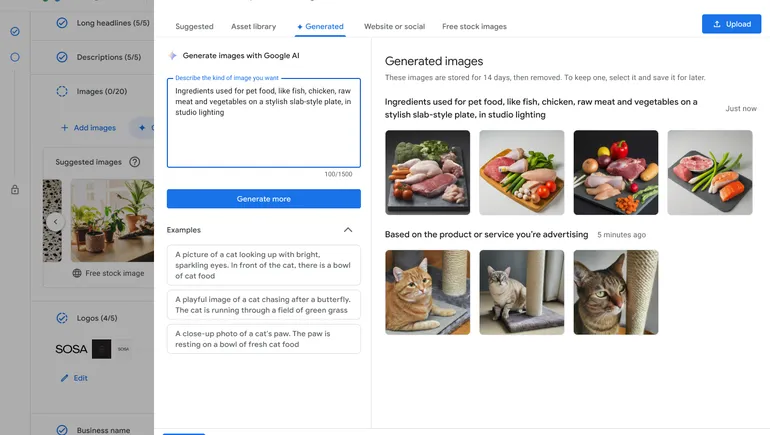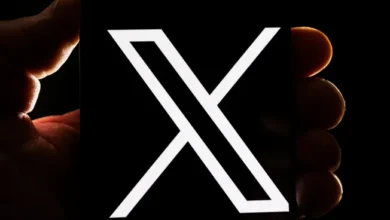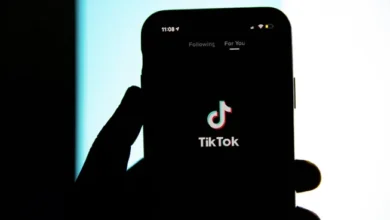Google Looks to Enhance its AI Generated ‘Performance Max’ Ads

Google’s adding some new generative AI elements to its automated “Performance Max” ad campaigns, with its Gemini LLM to power a new process that will enable headline and copy generation within the Performance Max process.
Performance Max campaigns utilize Google AI to create ads for you, in multiple formats, which can then be automatically served across Google channels and inventory, including Google Maps, Search, and YouTube. The Performance Max process is able to put together all of your campaign elements, including copy and images, in each format, effectively automating the whole process for you.
And now, you’ll also have Google’s advanced Gemini tools available within the process to help further customize and develop ad concepts.
As per Google:
“In Performance Max, we announced the launch of AI-powered asset generation and image editing in November. These help you generate more text and image assets for your campaign in just a few clicks. Asset generation is now rolling out globally in English with more languages to come. Image editing will finish rolling out in the U.S. in March, with global English expansion following shortly after. We’re also improving these asset generation capabilities with Gemini, Google’s most capable AI model. Performance Max can now generate long headlines and sitelink generation is coming soon; both of these new features will use the Gemini model’s sophisticated reasoning capabilities to generate text assets.”
So it’s fully automated Google campaigns that can get your promotions across every Google surface, without you having to create each yourself.
Which could be good; Google says that that advertisers who use Performance Max achieve 18% more conversions, on average, at a similar cost per action.
But then again, it also comes with a level of risk, and counterintuitive logic, in fully entrusting your ad process to the robots.
That’s a key hurdle for AI systems to overcome, in that many will find it hard to let go of the reigns, and allow these systems to take over large chunks of their campaign creation process.
And there could be good reason for this. More automated campaigns means more of the same type of content on the web, which will lose resonance over time. Ideally, Google’s system will iterate in time with this, and will continue to provide AI outputs based on the best-performing ad types as they evolve, but there is also an inherent risk that more AI-generated content will lead to lower quality AI outputs over time, as the system tries to learn from other generated ads and images.
But there could also be value there, and with the process being simplified and streamlined, it may be worth experimenting with the Performance Max process to see what kinds of results you can get.
In addition to this, Google also says that it’ll soon update the Performance Max image generation tools with its Imagen 2 data set, which will enable better visual creation in the process.
“Image editing will also include the ability to generate and add backgrounds that feature people. And if you have existing images that are performing well? You’ll be able to generate new options similar to them to scale your creative ideas even further.”
Google’s also looking to add video generation, utilizing images from Google Merchant Center, and the capacity to import visuals from Canva as a source for your ads.
So more AI tools, to generate more ads, which could be good for enhancing brand awareness, and tapping into trends and behaviors that you may not have even considered. But individual results will vary, and you do want to make sure that you keep a close eye on any generative AI outputs to ensure they don’t start freaking out or producing off results.




